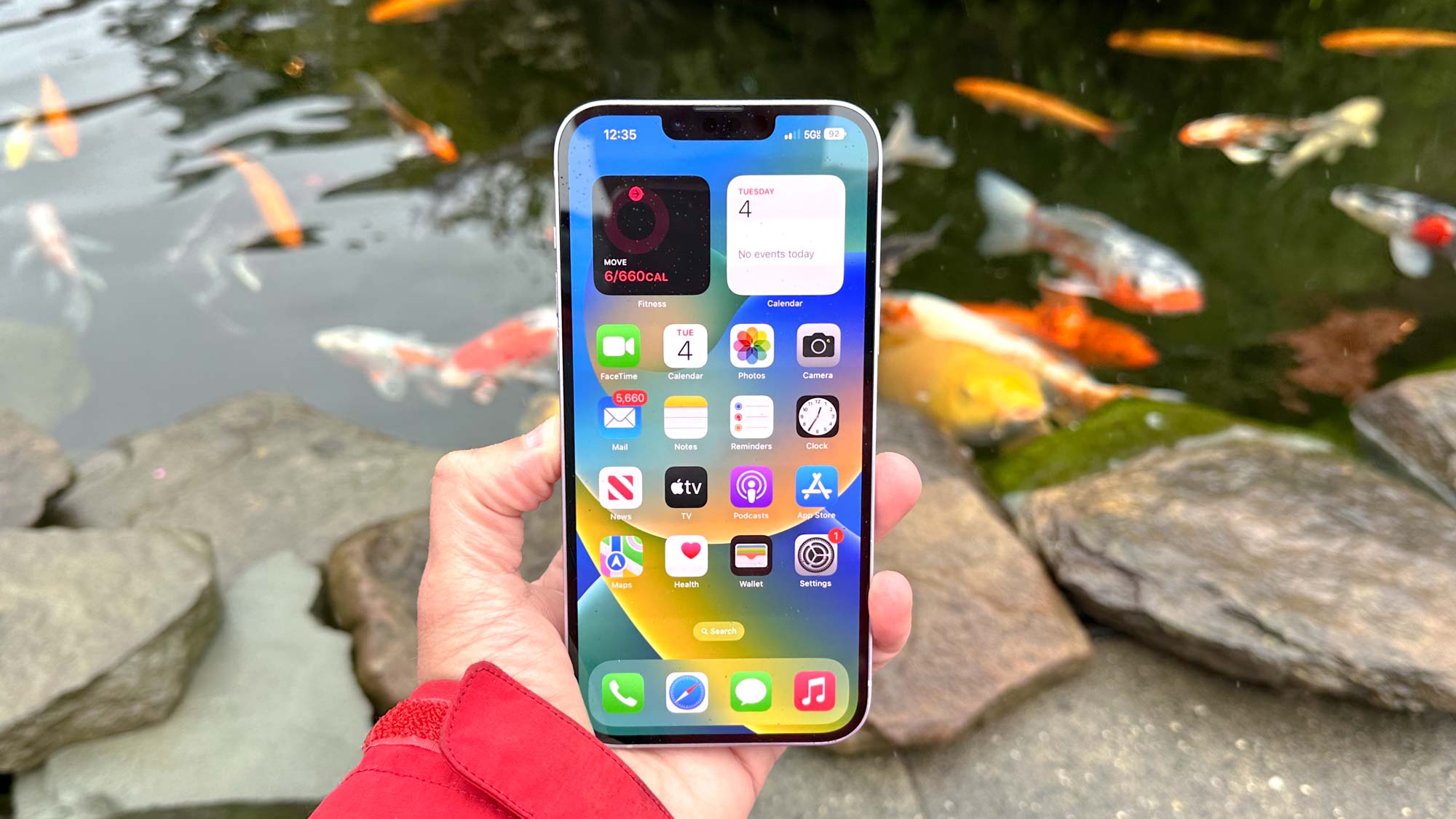iPhone 14 Plus reportedly in trouble as panel shipments ‘close to zero’

After two years of disappointing iPhone mini sales, Apple’s answer was to abandon the small form factor and embrace super-sized handsets by introducing the iPhone 14 Plus.
That doesn’t seem to have worked out as planned. Demand for the 6.7-inch handset has underwhelmed, with multiple sources last month claiming they have been asked to cut production of components or halt it altogether.
Things have not picked up since then, with the respected display analyst Ross Young now reporting on Twitter (paid subscription) that iPhone 14 Plus panel shipments are set to be “close to 0 in December as demand stalls for that model.”
In other words, Apple already has more iPhone 14 Plus models than it can sell. And it doesn’t purely seem to be a size thing either. While Apple lists the iPhone 14 Plus as shipping immediately, the equally chunky 6.7-inch iPhone 14 Pro Max has a five-week waiting list.
Indeed, in general terms, Apple is buying more panels according to Young. “The iPhone 14 Series panel buys for 2022 now looks to be up 10% vs. the 2021 iPhone 13 Series procurement despite the smartphone market falling 9%,” he wrote.
But this time around, people are simply buying more Pro devices, leaving the regular models to sit on shelves. “The blended ASP of those devices is up 10% as well with the 14 Pro/Pro Max accounting for a 64% share vs. 51% for the 13 Pro/Max.” he added.
Analysis: Why is the iPhone 14 Plus struggling?
So why is the iPhone 14 Plus struggling? On paper, it feels like a no-brainer: big phones sell, so giving people a big iPhone that’s cheaper than the $1,099 iPhone 14 Pro Max should be a home run.
Get instant access to breaking news, the hottest reviews, great deals and helpful tips.
There are plenty of possible explanations. Personally, I’ve argued that the iPhone 13 Pro series is a better value than the iPhone 14 range, whether you can pick up a discounted or preowned model. And in our iPhone 14 Plus vs iPhone 14 Pro Max comparison, we outlined the many reasons why the Pro Max is the superior big-screen phone — from its 48MP camera and always-on display to its 120Hz refresh rate and telephoto zoom.
That’s compounded by the iPhone 14 Plus’s high $899 starting price. The mini, while clearly an underperformer, at least had the advantage of being the cheapest non-SE iPhone, and that’s something the iPhone 14 Plus can’t match. With the regular iPhone 14 $100 cheaper and the first Pro model just $100 more, it’s stuck in an awkward no man's land of affordability.
And that’s before we get onto the very real possibility of consumer confusion. As our editor-in-chief Mark Spoonauer says, the four-product iPhone product range may just have got a bit unwieldy for a line known for its simplicity in the Steve Jobs era.
Fortunately, we have some consumer data to back up these theories. As mentioned elsewhere, the phone reseller Sellcell recently surveyed over 2,500 iPhone owners on their views on all things iPhone, and there was a section specifically about the 14 Plus.
While 20.4% of respondents had already bought one or planned to soon, the remaining 79.6% had no interest. Of those, 22.5% said it was too expensive, 12.1% thought it was too big, and 7.8% believe it has poor features compared to the Pro and Pro Max models.
The other specific responses were all variations on the themes above, with 6.6% saying they preferred the iPhone mini option, another 6.6% saying the price was too close to the iPhone 14 Pro and a further 5.8% saying it felt too similar to the iPhone 13.
Of course, the 18.2% selecting the maddeningly vague “other reason” box may contain a whole new ‘eureka’ explanation Apple needs, but we’ll never know.
In truth, all of the given explanations probably combine to paint the full picture of why the iPhone 14 Plus is struggling: it’s a niche product with a tricky price point and a feature set that’s frustratingly similar to the previous generation. With hindsight, how could that possibly be a winner?
Despite that, we’re expecting at least one more generation of iPhone Plus. Smartphone production simply isn’t reactive enough to change course so quickly, which is why we saw an iPhone 13 mini, long after it was clear its predecessor wasn’t performing as hoped. It looks like lightning is set to strike twice as Apple continues its search for a perfectly balanced smartphone lineup.
Freelance contributor Alan has been writing about tech for over a decade, covering phones, drones and everything in between. Previously Deputy Editor of tech site Alphr, his words are found all over the web and in the occasional magazine too. When not weighing up the pros and cons of the latest smartwatch, you'll probably find him tackling his ever-growing games backlog. He also handles all the Wordle coverage on Tom's Guide and has been playing the addictive NYT game for the last several years in an effort to keep his streak forever intact.

